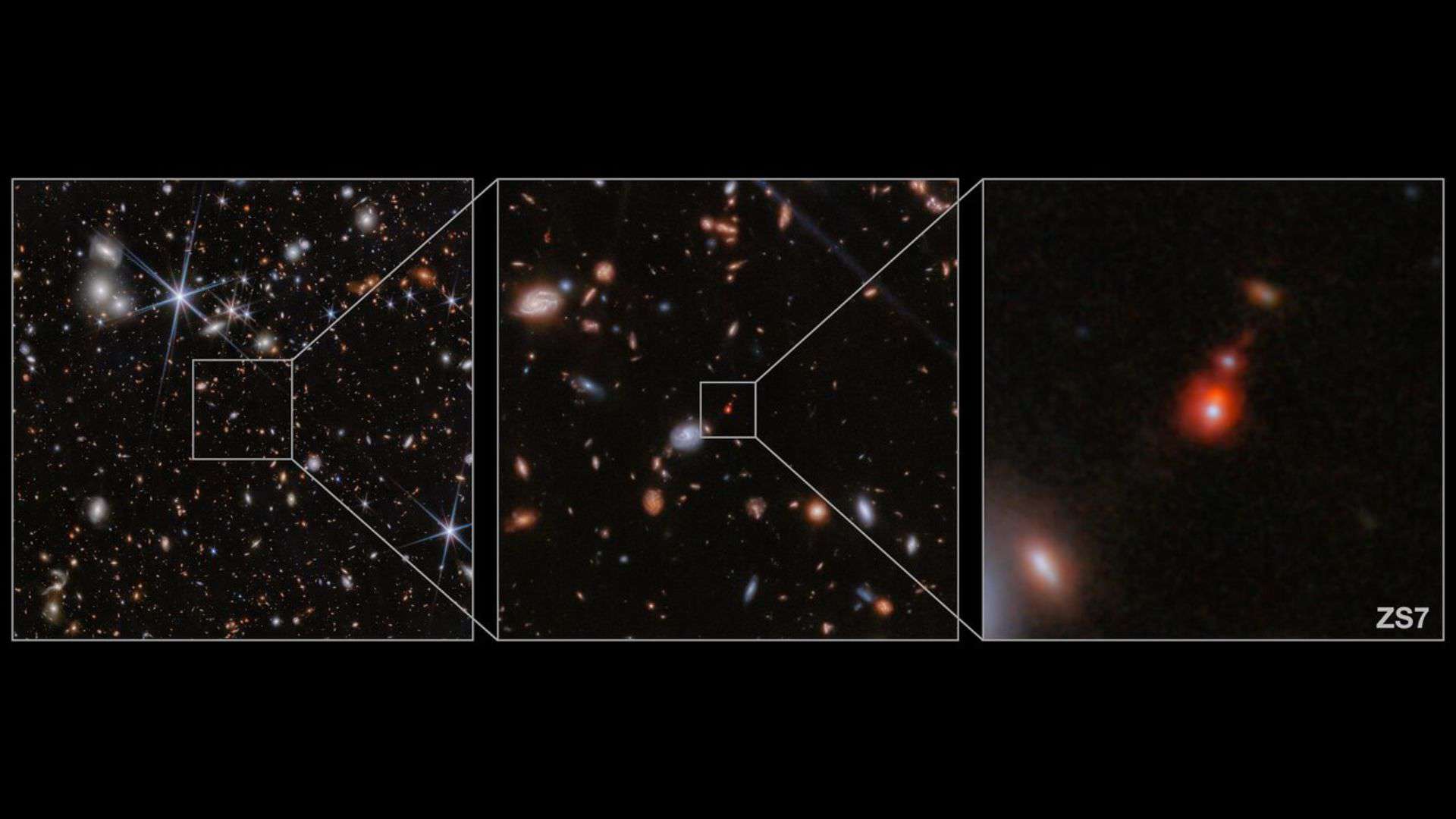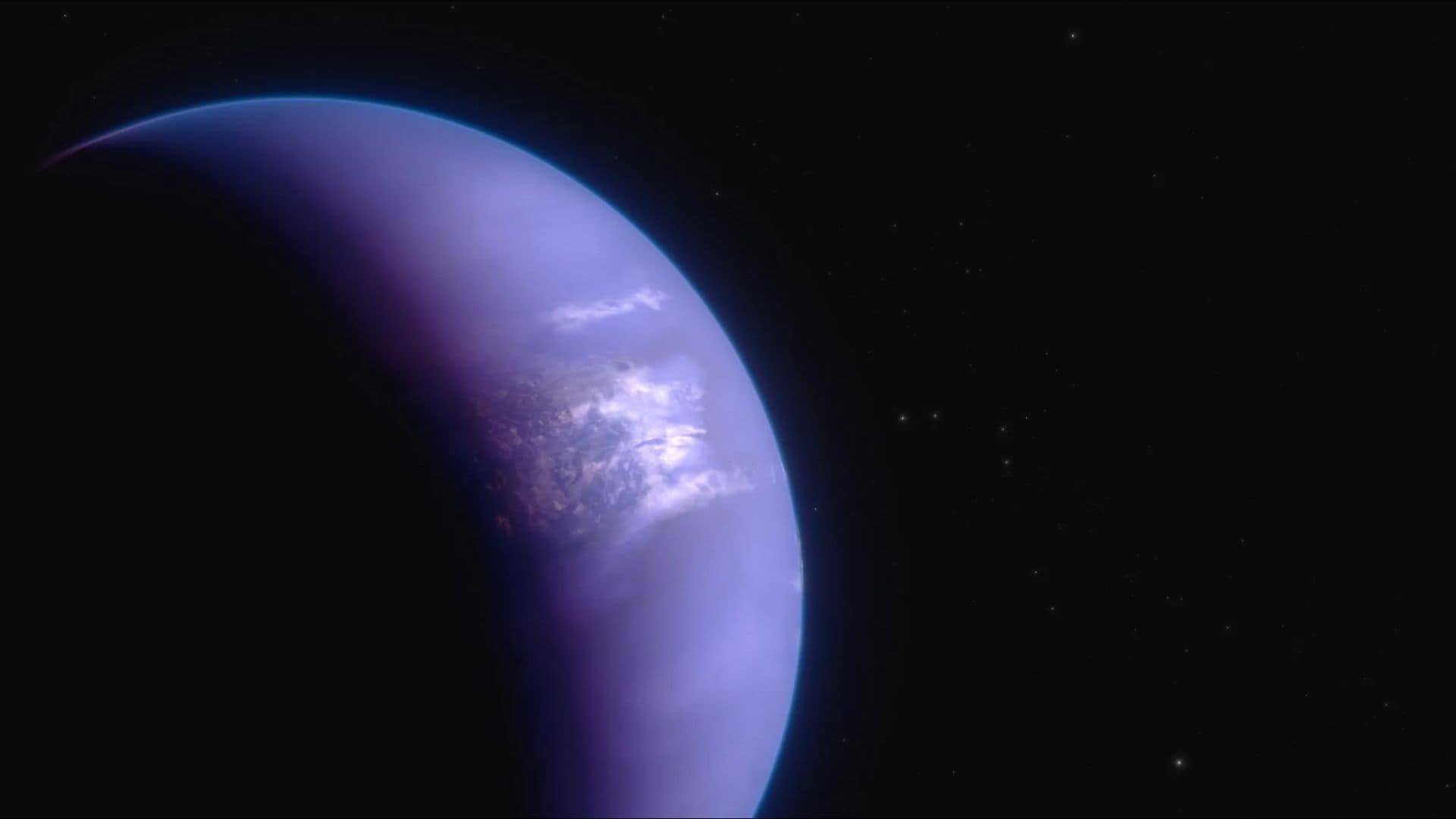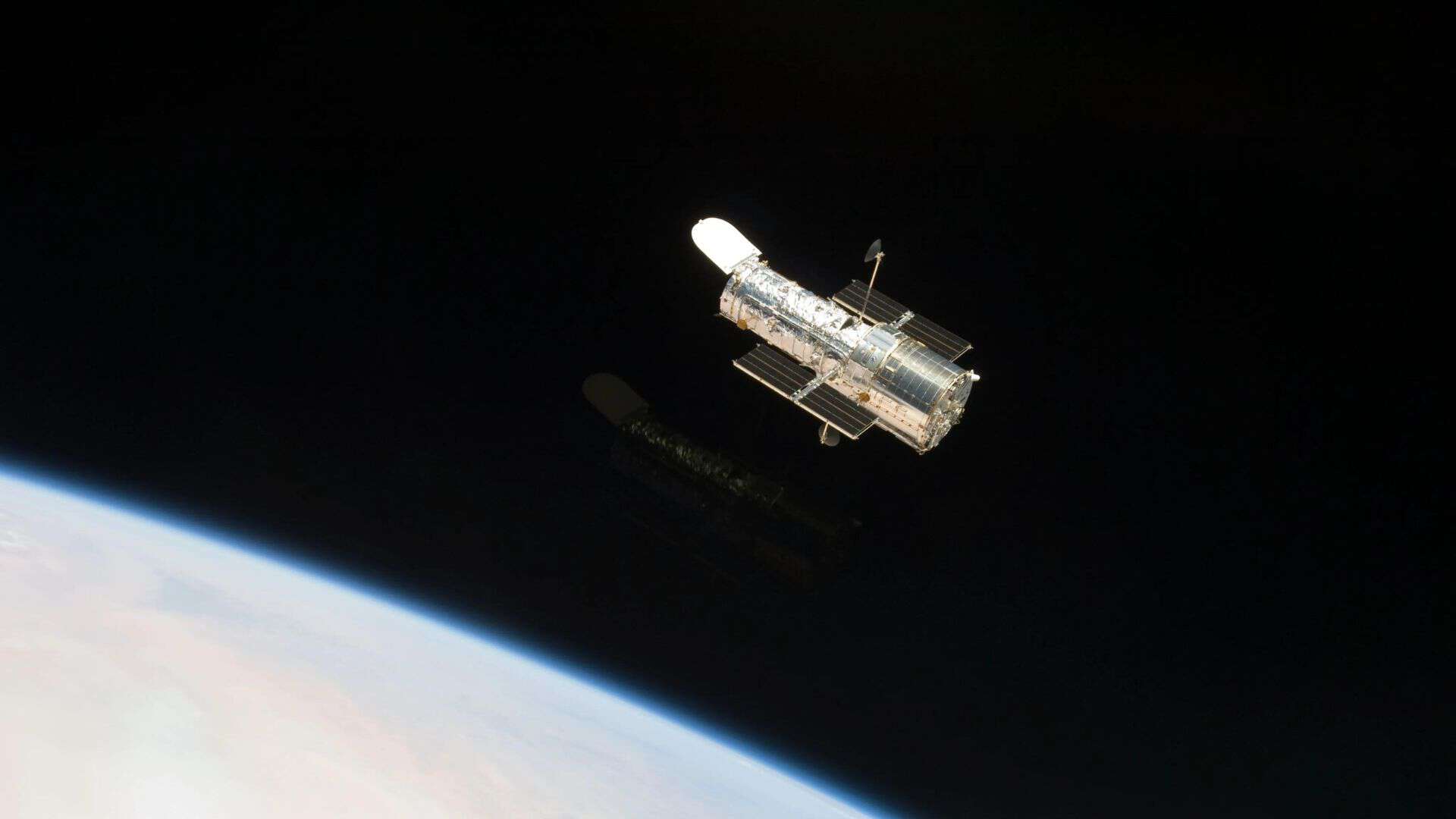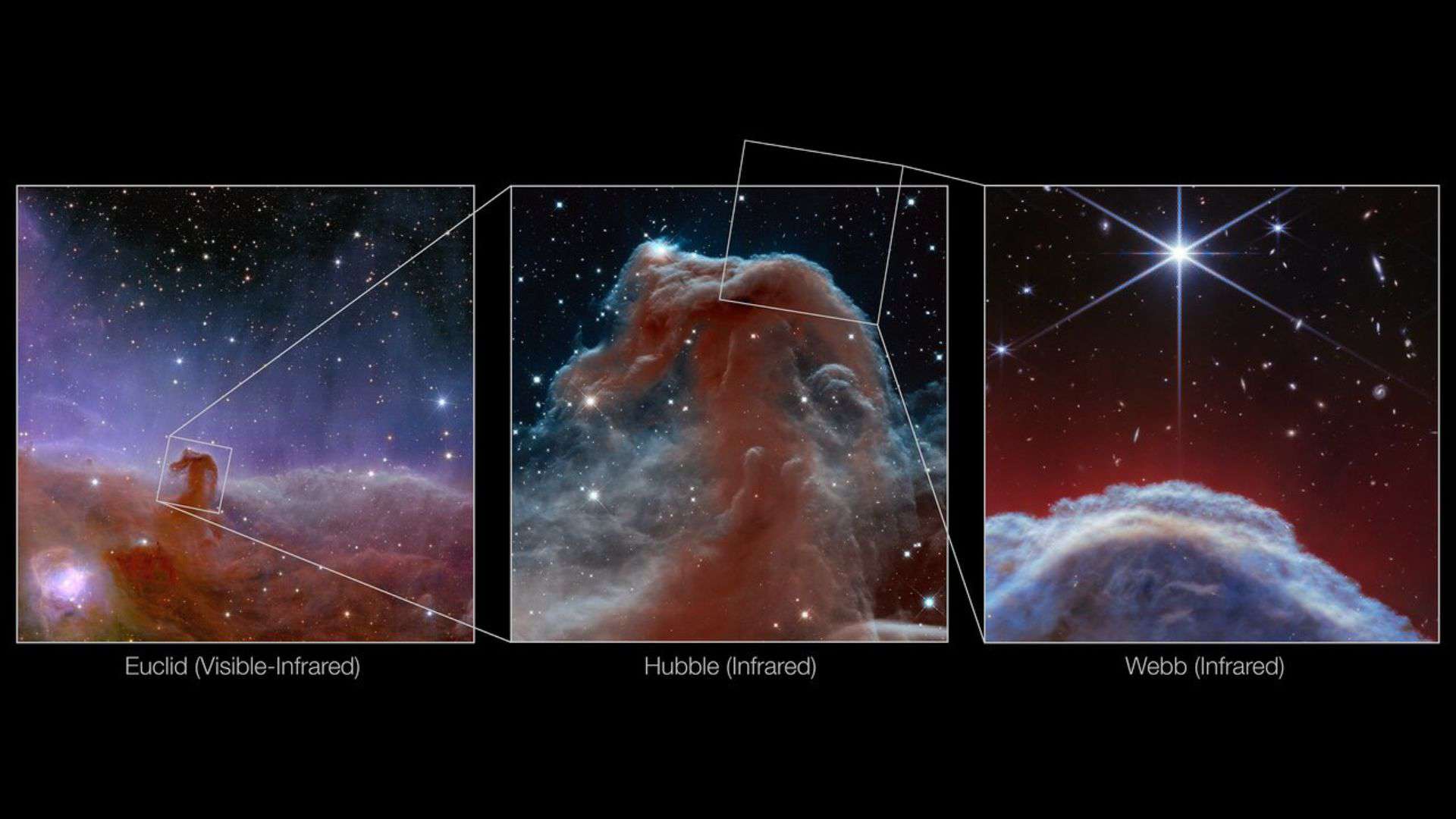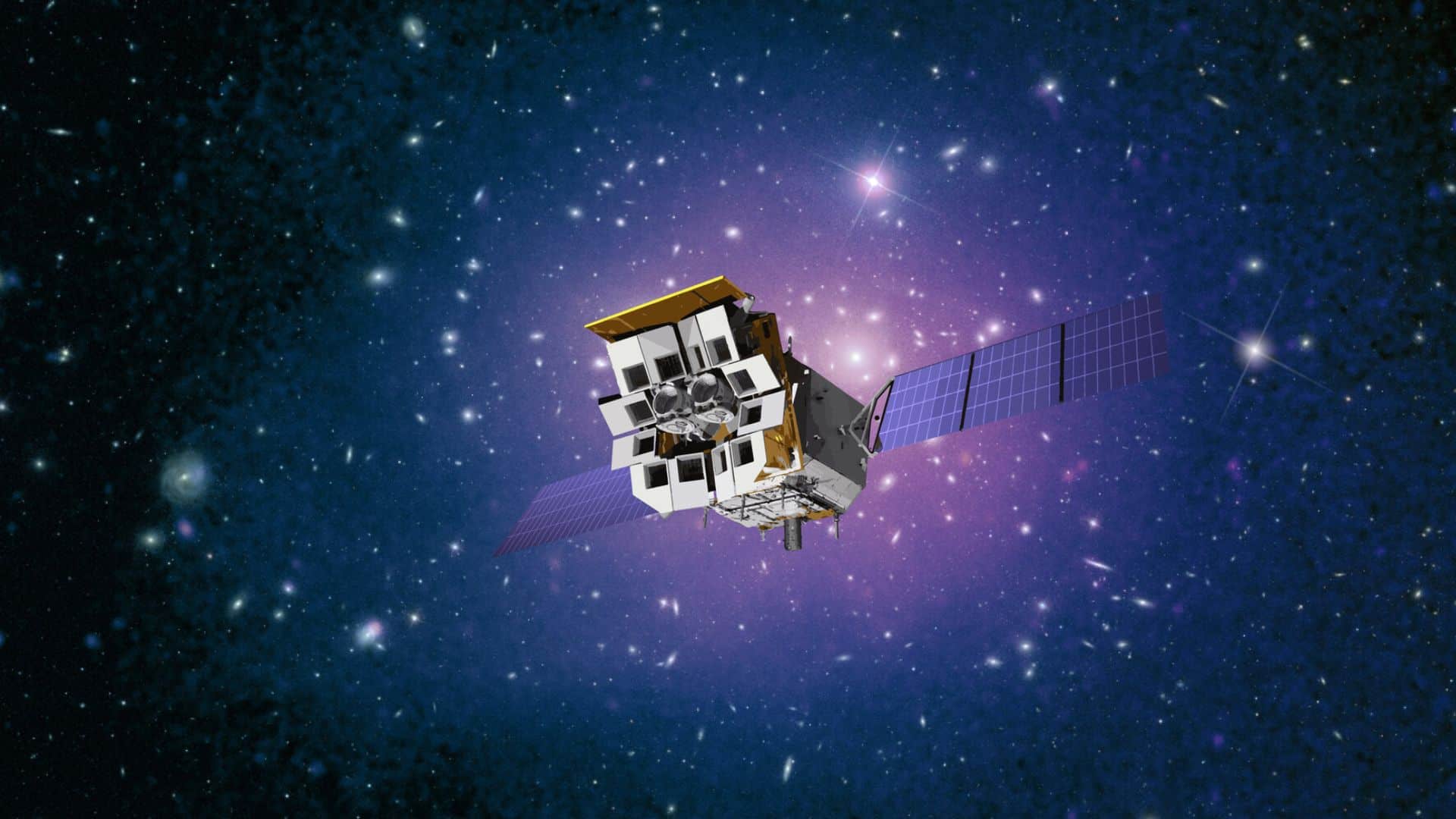
Einstein Probe has revealed its first light images during its 7th workshop held in Beijing from April 24 to April 26, 2024.
It is a space telescope that orbits the earth from 600 km above and observes our sky in X-ray light. The spacecraft was launched on January 9, 2024.
It is a mission led by the Chinese Academy of Sciences (CAS) in collaboration with the European Space Agency (ESA) and the Max Planck Institute for Extraterrestrial Physics (MPE).
The objective of this mission is to scan the entire sky to search for X-ray light coming from powerful events like supernovas, material falling into black holes, or even colliding neutron stars.
Here is the first light of the Einstein Probe, meaning its first observation after launch to test its functionality.
First observations include X-ray images of our Milky Way galaxy, the globular cluster Omega Centauri, and the supernova remnant Puppis A.
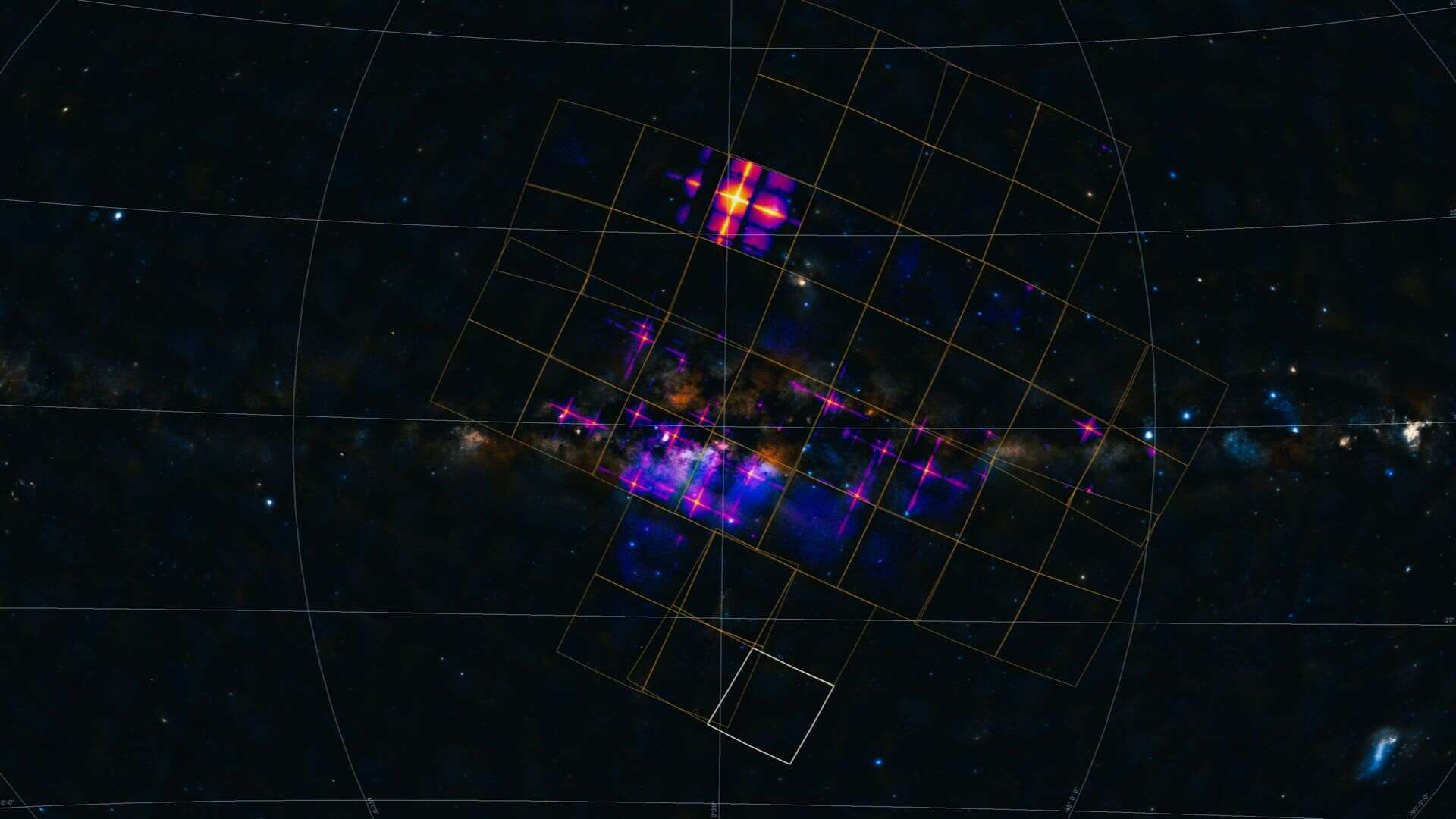
These test images demonstrate the outstanding capabilities of two scientific instruments, called the Wide-field X-ray Telescope (WXT) and the Follow-up X-ray Telescope (FXT), of the Einstein Probe.
The Wide-field X-ray Telescope (WXT) of the Einstein Probe has the ability to scan the entire sky in just three orbits around Earth.
And the Follow-up X-ray Telescope (FXT) of the Einstein Probe has the sensitivity to pinpoint short-lived events caught by WXT.
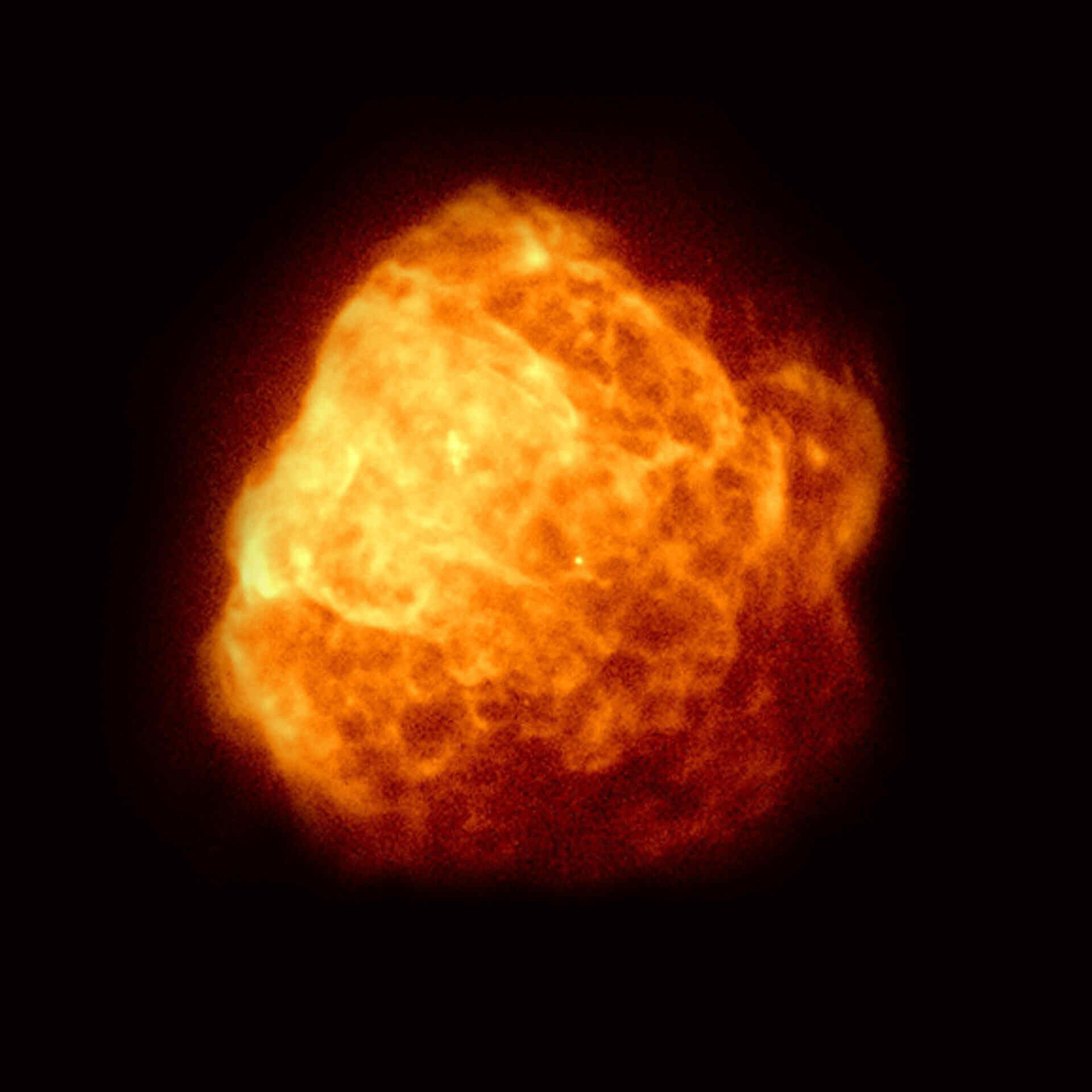
“I am delighted to see the first observations from Einstein Probe, which showcase the mission’s ability to study wide expanses of the X-ray sky and quickly discover new celestial sources,” Prof. Carole Mundell, ESA Director of Science, said in a statement.
Einstein Probe will start its routine science observations around mid-June. The minimal duration of this mission is three years, with the possibility of an additional two-year extension.
Please bookmark Spaceandtelescope.com or follow us on Facebook and Twitter to get latest space news, upcoming skywatching events and astronomy-related content.
